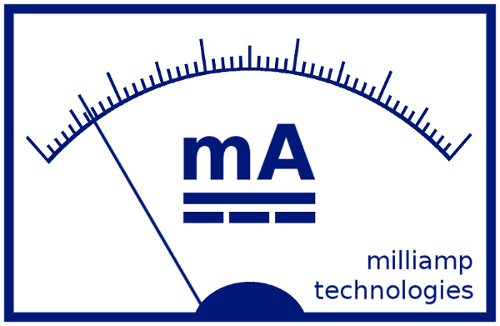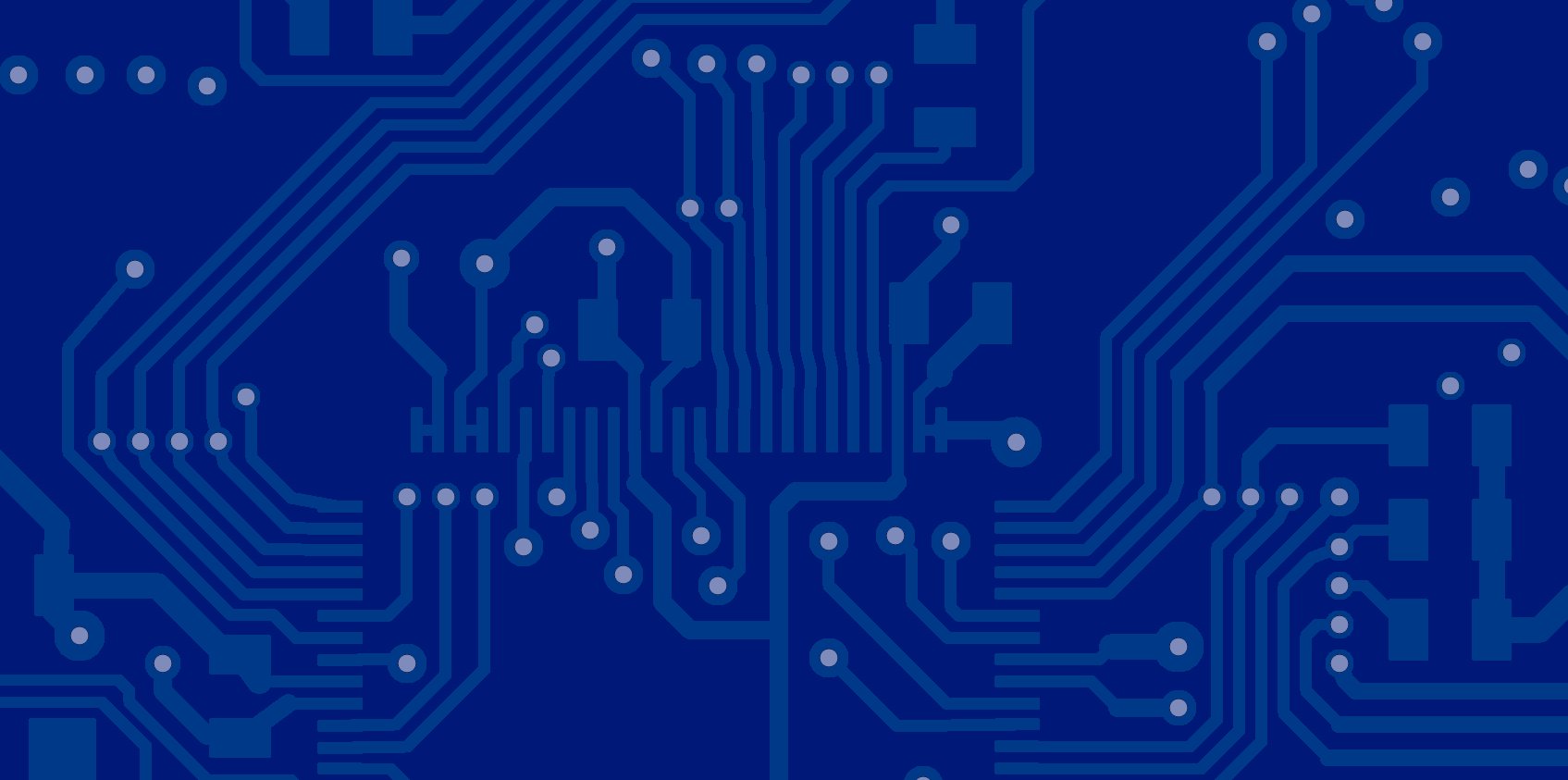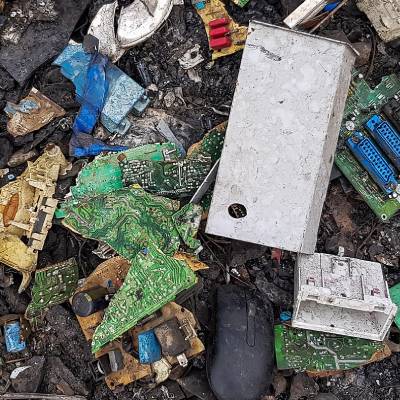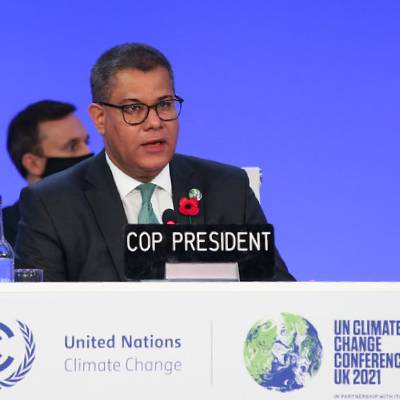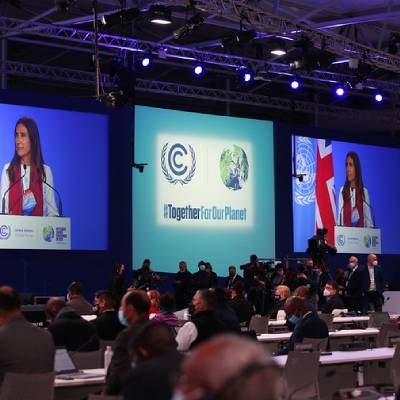Last week, COP26 drew to a close with an extended day, but many have been left rather disappointed by the outcome. This was the first climate deal ever that planned explicitly to reduce coal – the worst fossil fuel for greenhouse gases. A last minute change by China and India had the two nations pushing for the language on coal to change from “phase out” to “phase down”, with unforeseen compromises having to be made.
It is important that all sectors of the global economy will be decarbonised, even the ones that would struggle with the challenge. All countries will need to switch to clean technologies, especially those that have depended on exporting or importing fossil fuels for decades as that is one of the major contributors to climate change.
But was the COP26 too focused just on coal? What about e-waste (highlighted to COP26 by British Computer Society, BCS) and energy saving? What about all the other problems that need to be solved as well? It seems that COP26 failed to address many of the other problems we are facing, especially in the electronics industry. As demand grows for electronics, so do the piles of unused and discarded electronics that are becoming an ever-growing issue.
It seems that some in the electronics industry will have to try and pick up the slack to show others how we can still make a difference and reduce carbon emissions. However, many in the global electronics and “electech” industries are still focused on a “race to the bottom”, with low cost economies both exploited and environmentally paying the price for pollution they create in their desperation to supply the developed world with electronic goods at ever lower prices.
So what can we do? Consumers need to think about the carbon emissions of products they buy and retailers need to think about the Life Cycle Assessment (LCA) when importing products and parts from other countries – with UK recently the G7’s biggest importer of CO2 emissions per population head . By not buying from polluting countries, we can help promote business in countries that are taking the steps to reduce our global carbon footprint. Delving into the details, there is still a lot of work to fully analyse the carbon footprint of the global electronics industry.
For example, while many electric vehicle manufacturers in Europe run their final assembly plants on renewable technologies, they still import electronic systems, e.g. printed circuit boards assemblies from low cost economies – which can make up between 4 and 10% of the carbon footprint of an EV. Effectively, the carbon emissions problem is being shifted elsewhere, often to countries less able to mitigate this. You could say this encourages China and India to still burn coal.
Buying relevant products that are ErP (Energy-Related Products) certified is also important. The scope of ErP certification involves testing a product to prove that it consumes energy below agreed limits. After the product has been tested, a CE mark will be attached to it, which permits its sale across the EU. Relevant products bearing the CE mark are presumed to be compliant with the requirements of the ErP Directive and can therefore be freely sold anywhere. However it is worth checking details with the manufacturer to ensure they have met the requirements properly.
As an electronics design company, Milliamp can assists its customers to make ecologically conscious design decisions to mitigate the problems we are facing, aid in reducing lifecycle carbon emissions of products we design, and we are also looking to get ISO certified in environmental management and life cycle assessment. Working using environmental standards such as ISO14040, we aim to fully assess our carbon footprint during design and manufacture, and we can also design products in a way that they can be easily repaired instead of being landfilled.
